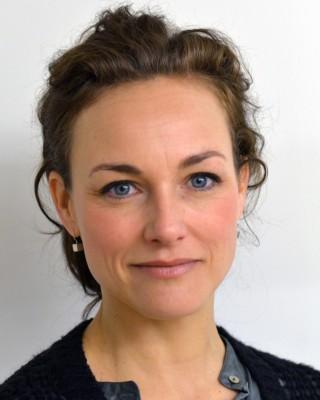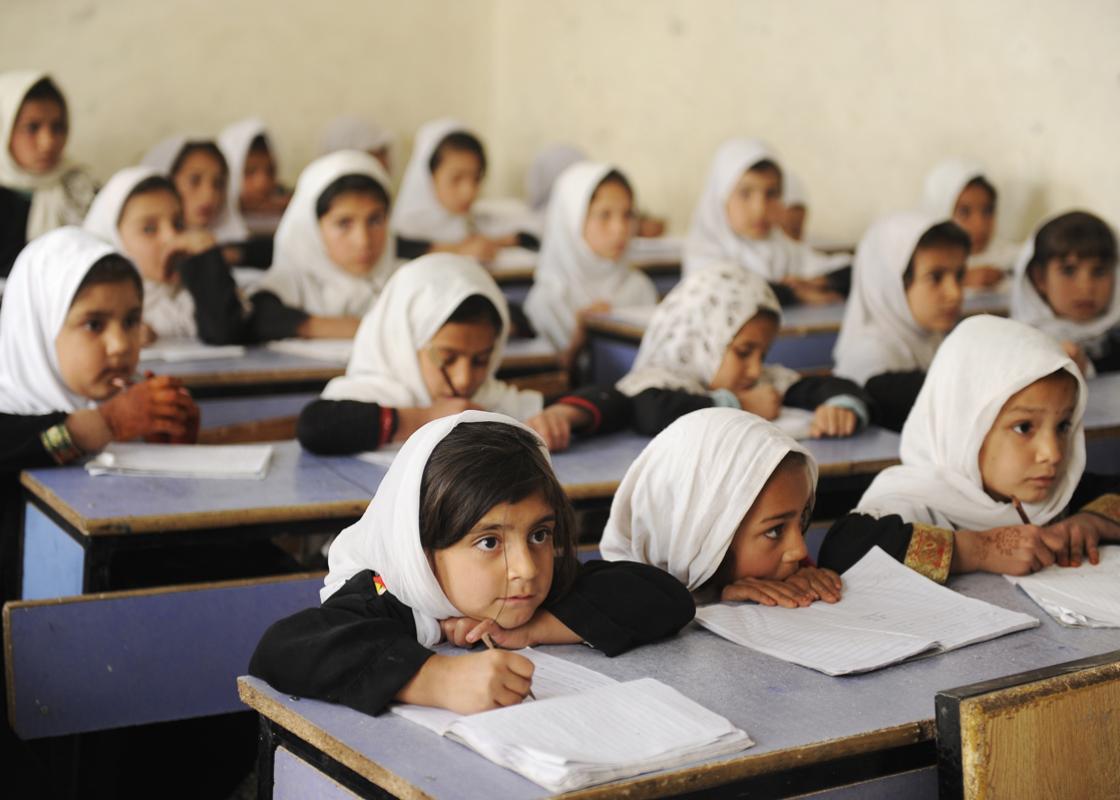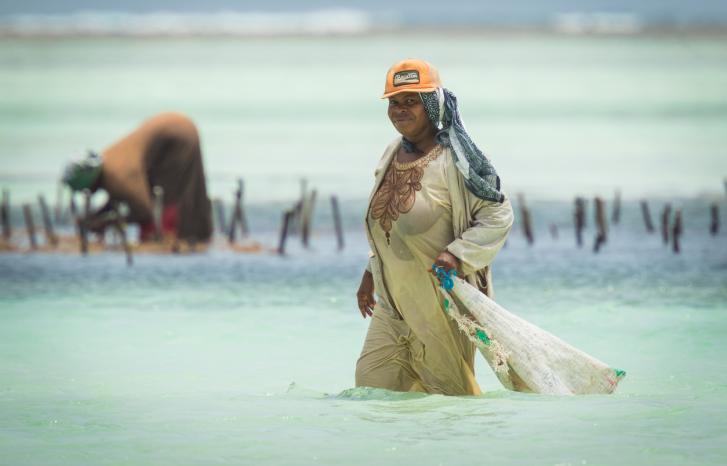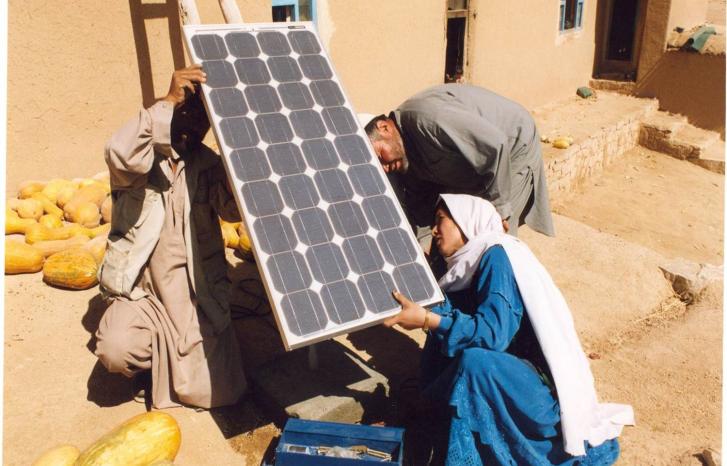“Together we will continue our efforts to ensure that all children and young people have access to education, especially girls who are still being excluded,” said Minister of International Development Nikolai Astrup as he announced Norway’s contribution to a global effort towards education earlier in February. A few weeks before, women’s entry to the global labour market was one of the most important topics for Prime Minister Erna Solberg when she met with the world’s state and business leaders at World Economic Forum in Davos.
Thus according to Norwegian politicians, equality is an important issue. And their words are also in accordance with reality, if we are to believe the figures presented by researchers Tone Sommerfelt and Anne Hatløy from the research institute Fafo, at the launch of the new report Efforts to ensure girls’ rights in Norwegian development cooperation.
Prioritises education
Norway has doubled its aid to so-called girl related projects – projects in support of girls’ rights and living conditions – from 2011 to 2016. But what does this support consist of? And do the measures have any effect? These questions formed the basis of Sommerfelt and Hatløy’s analysis of the role of girls and equality in Norwegian development aid policy between 2011 and 2016.
When politics turn away from aid and towards business development, the political attention is also drawn away from gender.
The researchers studied Norwegian development aid policy within the areas education, health, private enterprise development, humanitarian aid, sexual violence, forced marriage and other harmful practices targeting women. The conclusion is clear: Education is the uncontested winner.
The financial support for girls’ education is almost quadrupled during the period in question. The researcher particularly commend Norwegian authorities’ support for girls’ education in crisis-stricken areas, through the project Education cannot wait.
Education – the solution to everything?
According to the report, the emphasis on education comes at a price. Norwegian authorities consider education a catalyst for employment, poverty decrease, health improvement and democratisation.
But the idea that education has positive spin-off benefits for other women political questions is too easy, Tone Sommerfelt explains.

“Today’s development aid policy is based upon a theory that if you put the girls in school they will avoid involvement in harmful practices such as forced marriage and child labour.”
During the launch, Gro Lindstad from the organisation FOKUS – Forum for Kvinner og Utviklingsspørsmål (FOKUS – Forum for Women and Development) emphasised that if we don’t take other factors into consideration, the result might be that the girls don’t get a job, but rather a higher bride price.
According to the report, one of the greatest challenges with today’s development aid policy is that the emphasis on education and vocational training for girls is not reflected in the government’s work with global business development and job creation. It is one of five prioritised areas of the development aid policy in White Paper 24, 2016-2017.
“It is striking that – although there is an emphasis on vocational training in the government’s priorities on global education – the potential benefit of prioritising girls’ education and vocational training is not included in the presentations of the strategic area of private sector development and job creation in any clear manner,” the report states.
“When politics turn away from aid and towards business development, the political attention is also drawn away from gender,” says Sommerfelt.
“In the public debate both internationally and in Norway, politicians and relief workers talk about the importance of bringing women into the business sector. But concrete measures and opportunities for securing jobs for girls are lacking.”
According to her, the problem is not that Norway does not prioritise education; the problem is rather how this prioritisation is motivated.
“The government might want to prioritise education now. But then they can’t try to solve every other problem at the same time.”
Call for a comprehensive strategy
Sommerfelt and Hatløy argue for a more holistic approach to women’s and equality issues in development countries. Moreover, the development strategies need to a larger extent to acknowledge that gender is important in order to fully understand educational trends.
“Attending school is important, but we also need to understand why the drop-out rate is so high in many development countries. It may have to do with class, caste, religion, functional abilities and various personal stories.”
We need goal-oriented measures in order to reach vulnerable girls in complex situations.
“In many parts of the world, people are more grown-up in secondary school than we are here. Therefore, it is necessary to integrate vocational training and work related questions at an early stage.”
Efforts to prevent child marriage and forced marriage are important in Norwegian development aid policy. Yet Sommerfelt and Hatløy were unable to find any concrete measures to prevent such practices.
Additionally, the researchers call for a more goal-oriented policy to prevent child labour. According to them, gender should be taken into consideration here too.
“We need goal-oriented measures in order to reach vulnerable girls in complex situations, such as girls who have to leave school to get married,” says Sommerfelt.
She explains that the purpose of the report was to draw attention to the choices that are made in the development aid policy rather than to judge these choices. She is optimistic about the future policy.
“Minister of International Development Nikolai Astrup made it clear during the launch of the report that the government intend to put in more efforts in the work against forced marriage. That is positive,” she says.
See also: FGM-politics based on emotions, not facts
Need for new eyes on the concept of justice
In the autumn of 2015, the UN passed the so-called 2030 Agenda for Sustainable Development, with its seventeen goals for sustainability.
Whereas goal number five is to achieve gender equality and strengthen women and girls’ rights, goal number thirteen is to secure good health and well-being for people of all ages. The goals acknowledge how financial, social and environmental concerns are interconnected, and they thus open for a new approach to how social inequality is created, the researchers write.
We have to dare to pose the question whether education in itself creates equal opportunities.
As with the sustainability goals, Norwegian development aid policy defines gender and equality matters as cross-cutting concerns, meaning that they are to be promoted in all development political projects. From such a perspective, it is positive that health and education are prioritised by Norwegian authorities, since they emphasise how these areas together may have a positive effect on girls’ lives.
Nevertheless, Sommerfelt thinks Norway has potential for improvement when it comes to the concept of social inequality. According to her, we need to look at the underlying concept of justice in the policy.
“It is important to look at the sort of reasoning that makes education a core issue. This is a global trend, but it is also a result of an understanding of justice that puts emphasis on equal opportunities rather than social redistribution.”
“We have to dare to pose the question whether education in itself creates equal opportunities,” she says.
In addition to looking at gender and equality as cross-cutting concerns, the government needs to introduce extra measures to pursue the sustainability goals’ life-cycle perspectives on gender and inequality.
“It then becomes clear that gender issues are not only about women versus men, but also about elderly women’s control over the younger. This may be used as a positive force in the employment market, for instance through mentor arrangements in order to promote female leaders.”
Climate + gender equality = the future?
How may Norway live up to the sustainability goals’ ambition to ‘integrate financial, social and environmental aspects’ in order to create sustainable development in ‘all their dimensions’? The solution lies in the intersection between climate, equality and business, according to Sommerfelt.
Although climate, renewable energy and environment are prioritised areas in Norwegian development aid policy, these fields are not parts of the researchers’ analysis. Since the equality concern is cross-cutting, it should also be included here. Yet securing girls’ rights is not emphasised in the documents analysed by the researchers.
According to Sommerfelt, gendered climate challenges create possibilities for business and job creation that need to be addressed in Norwegian development aid policy.
“We are about to see how the damming of river courses will have gendered consequences in Gambia because women no longer have access to salt water areas for picking mussels. In Haiti, one of Norway’s countries of focus for development aid, it is relevant to look at how we might include both boys and girls in the production of renewable energy.”
“There is definitely still a lot of a potential out there. We’ve only just started,” Sommerfelt concludes.
Translated by Cathinka Dahl Hambro.
Read more about gender and development aid: Remember gender when crisis strikes
The report ‘Efforts to ensure girls’ rights in Norwegian development cooperation’ was recently launched in Oslo. It analyses the prioritisation of gender equality and girls in Norwegian development aid policy between 2011 and 2016. The authors behind the report are Fafo researchers Anne Hatløy and Tone Sommerfelt, which is written on commission from Plan International Norway.
The report is based on analyses of:
- Central development aid political strategic documents such as White Paper 24, 2016-2017: Common Responsibility for a Common Future: The Sustainable Development Goals and Norway's Development Policy (NMFA 2017).
- Development aid transactions within the areas education, health, private enterprise development, humanitarian aid, sexual violence, forced marriage and other harmful practices towards women.
- Interviews with representatives from civil society and development aid workers from organisations such as the Norwegian Agency for Development Cooperation (Norad).



